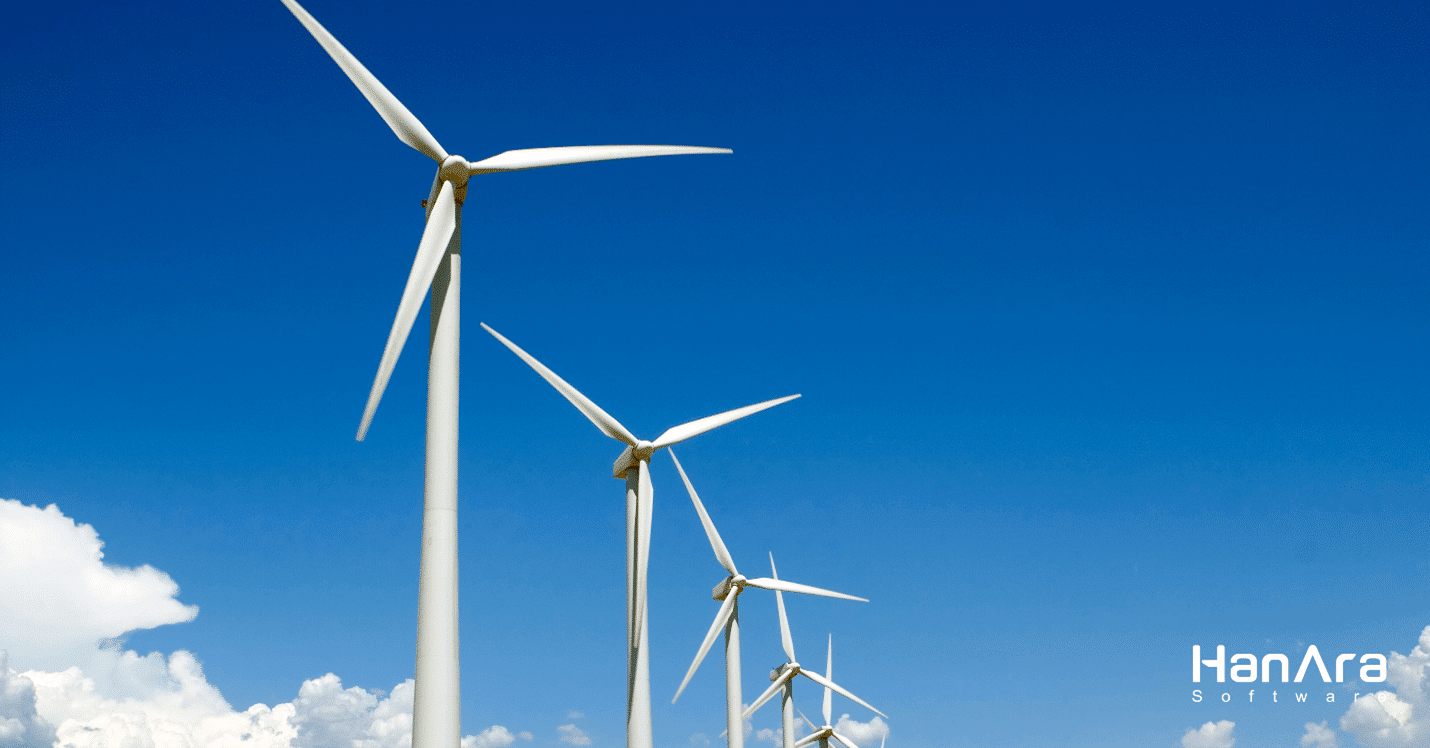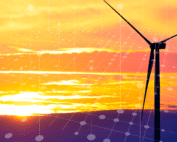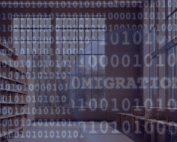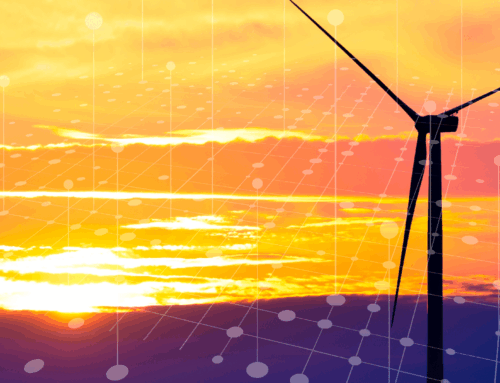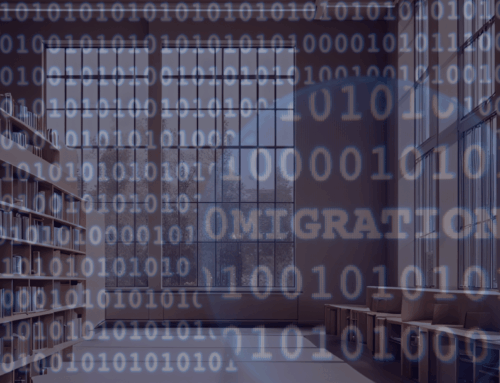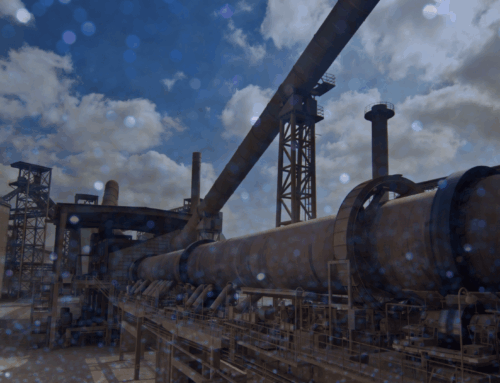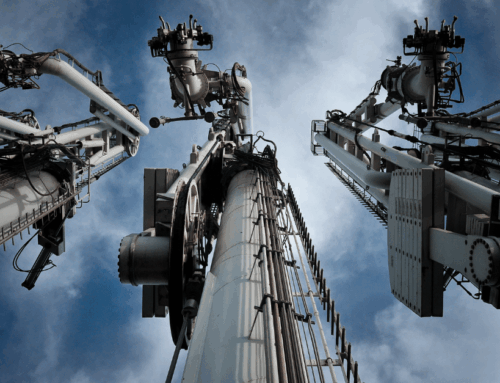The power generation industry has made a commitment to cleaner methods of providing electricity to its customers. This can be seen in the prevalence of solar-energy farms, wind turbines, and hydroelectric dams for new power stations. However, this drive for renewable and clean energy is not without its costs. The new technologies must be efficient if they are to survive economically.
Fuel costs have traditionally been a major component in determining the financial feasibility of power plants. One way new technologies attempt to circumvent this cost is by using the wind to drive giant turbines to produce electricity. The wind is free, but using ambient wind decreases the power that can be obtained in each turbine. This then requires many wind turbines to generate the needed electricity.
As a result, wind projects consist of many individual wind turbines dispersed across a broad area. One of their key challenges is the high variability of the electricity-generating capability at several points in time (hourly, daily, or seasonally). Due to its high variability, wind projects are exposed to equipment failures and operational inefficiencies.
Wind Project Implementation of Han Solutions
The renewable and clean energy initiative is increasingly prevalent in South Korea. This resulted in the wind power industry’s growth across the country. In the South Jeolla province of South Korea, there is a particular renewable organization that generates electricity for their neighboring area. As the fourth-largest wind project in South Korea, they generate 40 megawatts of electricity from 20 wind turbines across its 1,100-acre project. The 20 turbines across the project provide 90,000 watts/hour of electricity to a population of 20,000 in the surrounding area.
To alleviate operational risk, the wind project needed a solution to improve operations and reduce inefficiencies. After careful consideration, they selected HanAra’s solutions. Since the mid-2010s, this wind project has been using our solutions to help enhance operations. They utilize HanPrism, our integrated industrial data management platform, and HanPHI, our AI-based predictive maintenance solution for improving operations efficiency.
Wind Project Needs
The renewable and clean energy initiative is increasingly prevalent in South Korea. So this increase has resulted in wind power industry growth across the country. Due to the nature of renewable energy such as solar and wind power, power output is not constant and can be highly variable. These characteristics can pose obstacles to efficient electricity production and stable plant operation. As a result, this wind project identified three needs to increase plant operation stability and prevent equipment failures with real-time monitoring.
1. Need for a Real-Time Integrated Monitoring
The wind project wanted to monitor assets intuitively and accurately. They wanted to monitor variables such as production, velocity, and stop/error status to improve the decision-making process. The project identified the need for a solution to provide accurate data that could monitor in real-time. By integrating the status and output status of the turbines, the organization would have the accurate data they needed to improve operational stability.
2. Need for Data Monitoring at Headquarters
The renewable organization needed a system that made data accessible at various layers of the organization. From site to headquarters, they needed to improve communication and collaboration. At headquarters, located hundreds of kilometers away from the wind turbines, members wanted to introduce data-informed insights into their decision-making process. As a result, the organization needed an integrated data infrastructure at the wind project and headquarters. This is to ensure turbine data was not only available in the server room but throughout the entire organization.
3. Need for Predicting Failures in Major Equipment
Like any renewable project, the 20 wind turbines represent a significant investment that requires continued and ongoing maintenance. When unexpected equipment failures occur, the organization is faced with not only lost revenue through downtime but also potentially expensive repairs. The renewable organization needed a predictive maintenance solution for its maintenance department to identify potential or hidden failures in the project, especially focusing on the gearboxes.
Solutions and Benefits
So in 2014, the site installed HanPrism and HanPHI, monitoring 8,000 points throughout the site. As a result, beyond access at the site, headquarters installed HanAra solutions to provide additional monitoring and analysis for the wind project.
With HanAra solutions, the renewable organization draws actionable intelligence from vast and widely dispersed data. Though its headquarters are located 203 miles from the wind project, with HanPrism headquarters monitor real-time and historical data at any time.
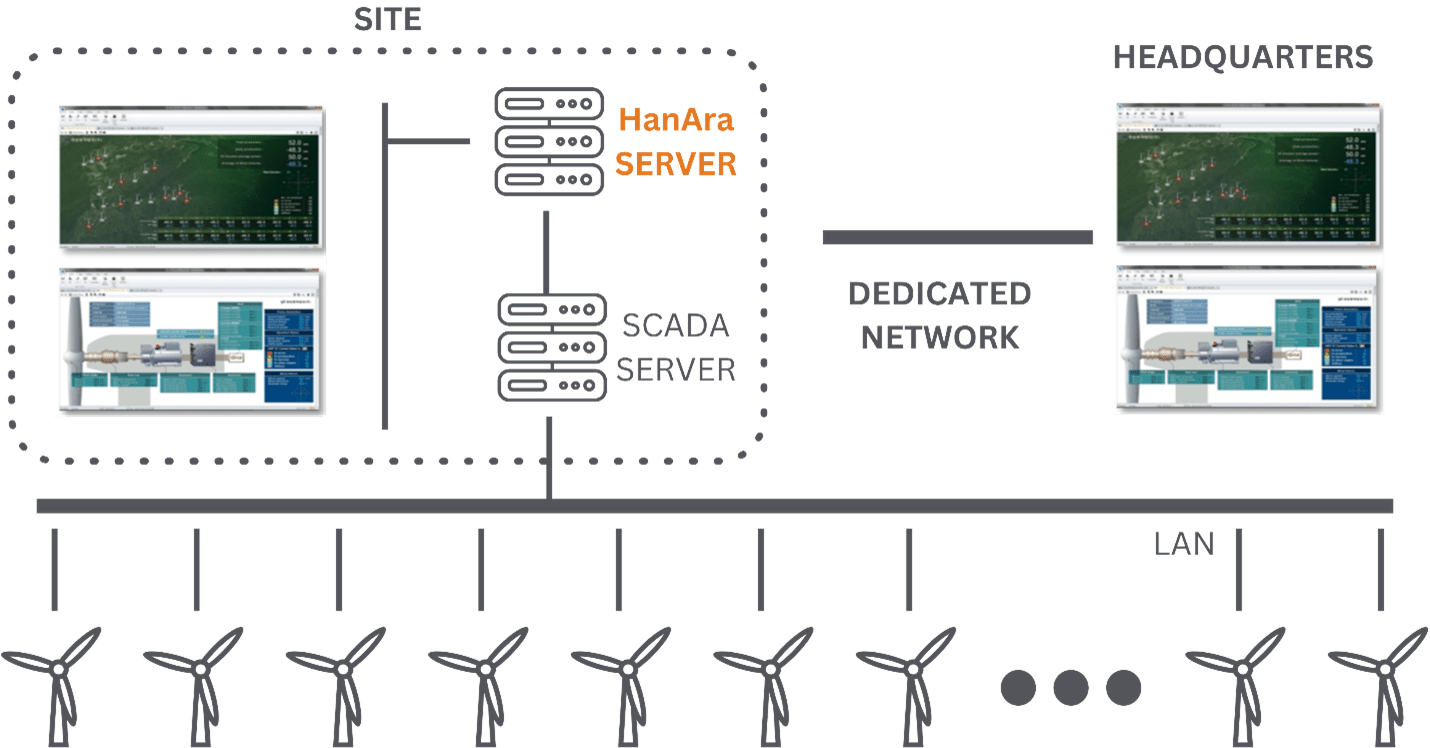
1. Increased Data-Informed Decision-Making with Status Monitoring
The organization implemented HanPrism to collect and analyze accurate data without omission or distortion. After implementation, they now integrate and monitor real-time and historical data generated from the wind project continuously. This data includes generation output, wind speed, wind direction, and facility status. In addition, to further improve monitoring, users created a key performance indicator dashboard with the output and facility status of each wind turbine. As a result, displaying this on a large screen, headquarters checks and monitors operations in real-time even with 40 turbines at one site. With data that was only accessible in the server room, the organization monitors all their data at the plant/equipment/sensor level in real-time, regardless of distance or location.
2. Improved Efficiency and Collaboration Using Built-In Tools
After the introduction of HanPrism, it became possible to share the same data among members at various levels of the organization. From the operations department to management, all levels of the organization are able to collaborate more effectively. With the built-in HanPrism trend tool, users compare and analyze data from wind turbines on one screen at the same time. In addition, using HanPrism’s Excel add-in, the renewable organization generates automated reports daily, weekly, and monthly basis. Within these reports, users are able to monitor critical points. These include generation versus wind, generation versus wind speed, and accumulated generation.
3. Targeted Maintenance for Equipment with Abnormal Signs
With HanPHI, the maintenance department now reliably monitors key signals. These signals include blade angle, rotation speed, oil level, and wind speed to identify areas of abnormality. The organization can now compare real-time values with expected values. HanPHI then alerts the maintenance team to failure signs and abnormalities for further investigation and analysis. With these early warnings, the team has more lead time to plan and act. This reduces maintenance costs by detecting even minute abnormalities in advance and predicting failures.
Next Steps
This renewable organization created a smart monitoring system for its wind project with HanAra. They now maximize operating time through accurate decision-making with real-time data monitoring and on-time maintenance. Through the introduction of HanPrism and HanPHI, the organization has increased its utilization rate and operational efficiency.
Get in contact with us to learn more about how we transform our customer’s data into insights.
HanAra Success Stories
Beyond Reactive Maintenance: A Smarter Approach to Wind Farm Operations
Wind energy has established itself as a reliable renewable power source across the globe. But maintaining a fleet of turbines presents different challenges compared to traditional, centralized power generation facilities. Some of the operational [...]
Biomass Plant Enhances Operational Excellence with HanPrism
In the renewable energy sector, biomass facilities face increasingly complex operational challenges that require sophisticated data management solutions. For one facility, growing compliance requirements and the desire for operational improvement led them to seek [...]
Embracing Change: How a District Energy Organization Transformed Their Data Management with HanPrism
In the world of organizational operations, the concept of "buy-it-for-life" is a rare luxury. While organizations strive for longevity in their tools and solutions, the reality is that technology evolves and so must the [...]
